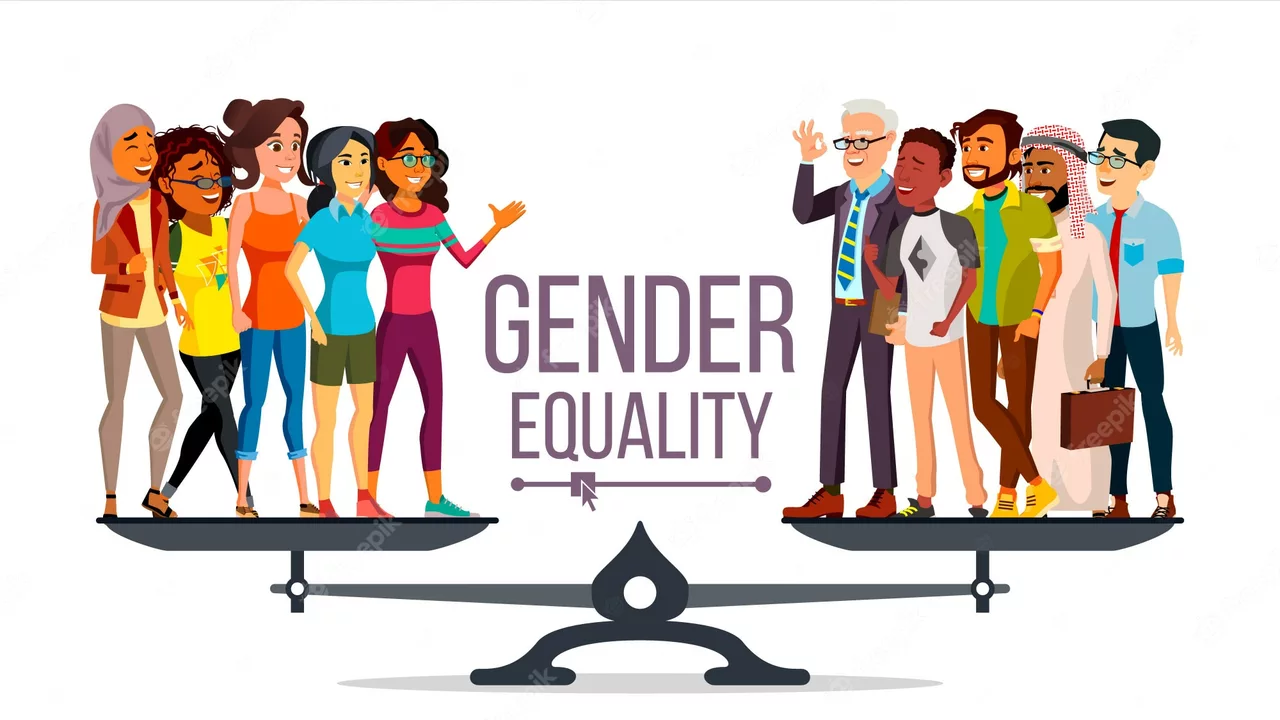Media Bias Explained: How to Spot Hidden Angles in News
Ever read a story and felt something was off? Maybe the tone seemed tilted or certain facts were missing. That’s media bias at work. It’s not always a conspiracy; often it’s just the way a piece is framed. Understanding bias helps you get the real picture, not just the version a writer wants you to see.
Why media bias matters
Bias shapes opinions. When a news outlet consistently favors one side, readers can develop skewed views without realizing it. This can affect voting choices, health decisions, and even how we treat other people. Recognizing bias protects you from being unknowingly nudged toward a particular stance. It also encourages media outlets to be more transparent, because a well‑informed audience won’t settle for one‑sided narratives.
Practical ways to detect bias
First, check the source. Does the outlet have a known political leaning? Next, look for loaded words – adjectives that carry strong emotion, like "radical" or "heroic." Then, see what’s left out. If a story mentions only one side of a debate, that’s a red flag. Compare multiple sources; if the facts line up but the tone changes, you’ve likely found bias. Finally, ask yourself: would I say the same thing if I were writing it?
Another useful trick is to notice the balance of quotes. A balanced article includes voices from different perspectives. If all quotes come from one side, the piece is probably leaning. Also, examine the headline. Sometimes the headline exaggerates or downplays the story to grab clicks, which can mislead before you even read the content.
Social media adds another layer. Algorithms often show you content that matches your existing views, creating an echo chamber. Break out by following sources with opposite viewpoints, even if you disagree. This habit broadens your perspective and makes bias easier to spot.
At the end of the day, spotting media bias is a skill you build by staying curious and questioning what you read. The more you practice, the quicker you’ll notice spin, omission, and framing tricks. Use these tips next time you scroll through a news feed – you’ll be less likely to swallow a biased story whole.
Do you think Times of India is sexist?

